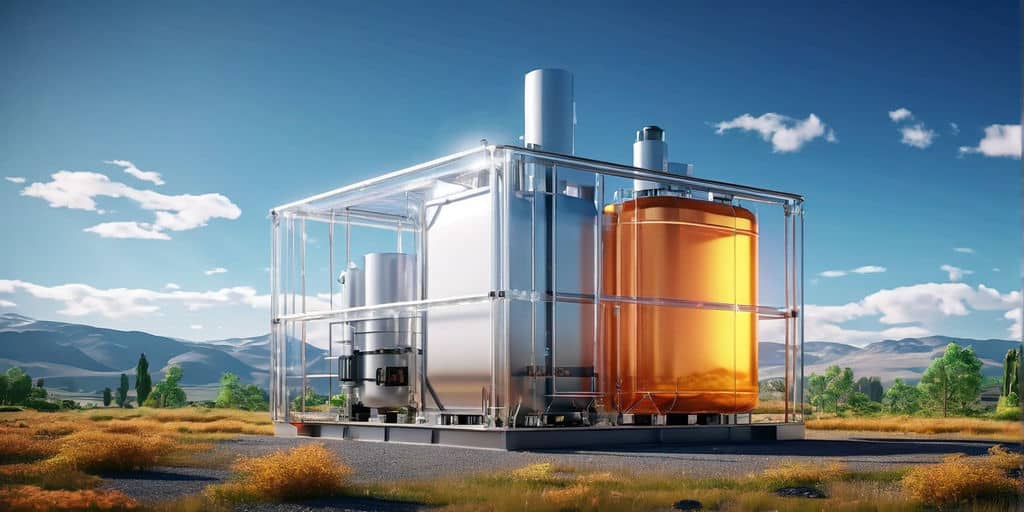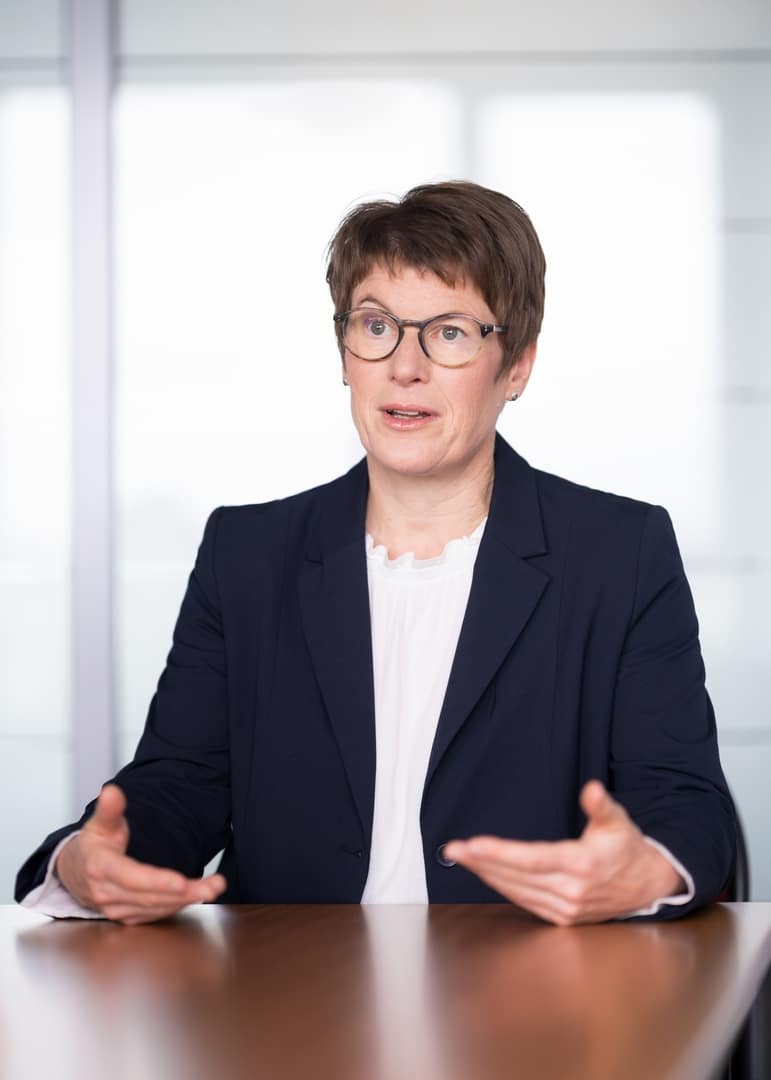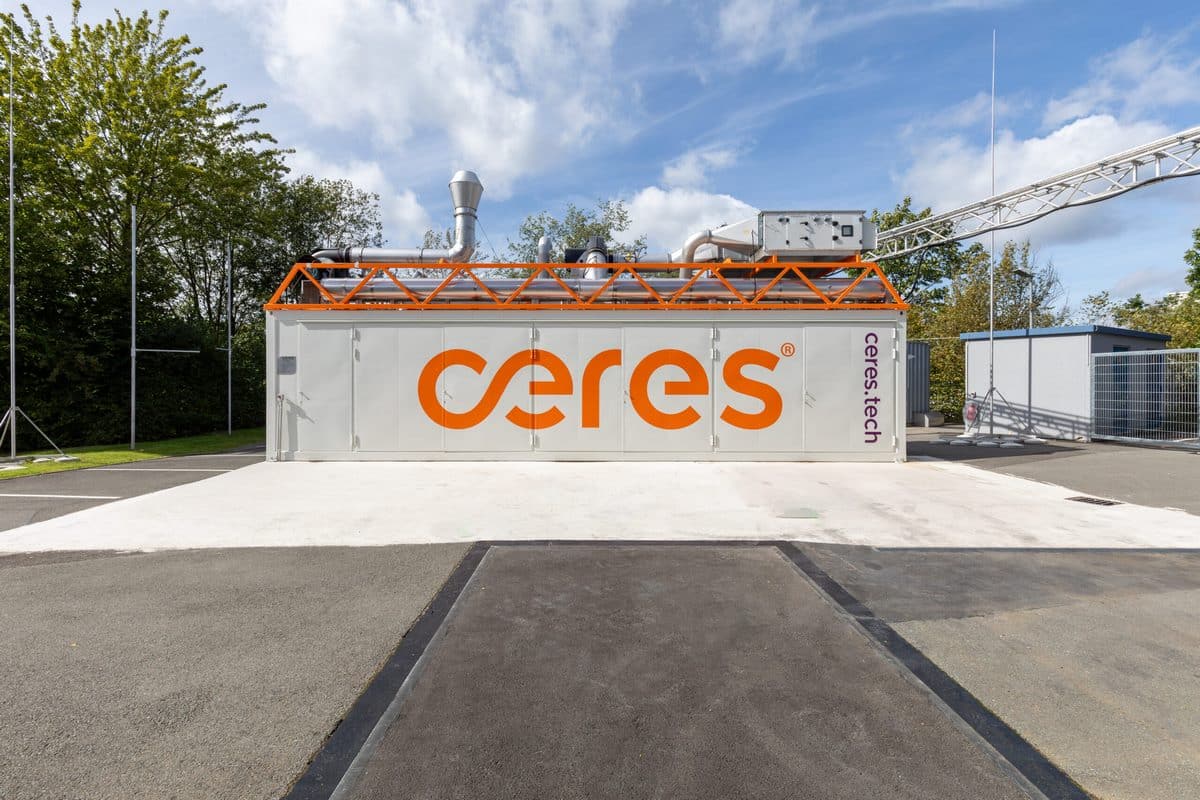For many years, heating systems based on fuel cells had played a central role on the joint booth Hydrogen + Fuel Cells + Batteries at Hannover Messe. This time, however, the Fuel Cell Initiative, IBZ, was nowhere to be found, not because there was no interest in the technology, but because it has been made available on the market. The businesses which had used the opportunity of staying on top of R&D activities by exhibiting in hall 27 have meanwhile begun to unveil their finished products at B2C shows. This is not to say that a visit to the world’s biggest industrial trade show in Hanover, Germany, was no longer a rewarding experience.
For many years, the Fuel Cell Initiative had had a comparatively large joint booth, at which it informed attendees about the latest developments in fuel cell heating. As most manufacturers that had participated in the booth project have meanwhile started to offer fuel cell units on the market, the IBZ joined the exhibit of Zukunft Erdgas to showcase four systems by Buderus, SenerTec, SOLIDpower and Viessmann.
Finding the right market spot
NOW, the National Organization Hydrogen and Fuel Cell Technology, said about the changes: “The IBZ is starting to feel the impact of some members having commercialized part of their research. This has made business-to-customer shows, such as the ISH, more attractive than the industrial trade show in Hanover, which targets a broader audience. Another consequence is that manufacturers have stepped up their efforts to market fuel cells or their product offerings on their own.”
NOW again stressed that the IBZ was not bound to the National Innovation Program. It had rather been envisioned as an R&D platform for energy suppliers and manufacturers of heating systems to improve the technology and test out collaborations between market partners that had joined the program. “Overall, the companies that participated in the project have completed this stage with success,” the organization said. The next step would be successful positioning on the market. If and how cooperation would continue was currently under review.
Andreas Ballhausen, the new CEO of SOLIDpower (see Gummert Leaves SOLIDpower), explained:
…
Despite the IBZ’s exit, Tobias Renz had again managed to attract nearly 150 exhibitors to his 5,000 m2 space in the hall at the west entrance. Renz, who exactly 10 years ago had organized the joint booth of hydrogen and fuel cells on his own for the first time, told H2-international: “Fluctuation was higher this year than in previous years. But with as many as 40 new exhibitors, we were able to fully compensate for the exit of IBZ and Linde from the hall.” He added: “We are also pleased that BMW and Shell have decided to organize a joint booth.” Moreover, it was the first time that fuel cell cars by Audi and BMW were made available for test drives during a Ride & Drive outdoors, whereas Daimler did not show up this year.
Nel Hydrogen celebrated its 90th year of company history at the trade show. The Norwegian-based supplier also showcased its design for a 400 MW plant consisting of 176 electrolyzer units.
A central theme was again energy storage, particularly hydrogen generation through electrolysis (see the comprehensive market overview in the next H2-international issue). For example, there was GP Joule, the parent company of H-Tec Systems, which presented its CONNECT product to show how smart solutions can help integrate renewable energies into everyday applications. Additionally, it had published a feasibility study in mid-March 2017 during the New Energy Husum to prove that “Schleswig-Holstein can take the next step from renewable power producer to a place that creates added value in renewable energies.”
Other booths that made hydrogen and fuel cells part of the discussion in Energy hall 27 were the joint ones of North Rhine-Westphalia and Baden-Württemberg, and even …
More to the entrance in hall 27, there was first-time exhibitor Home Power Solutions. Because of its status as a former subsidiary or sister company of Heliocentris (see The Break-Up of Heliocentris), it was interesting to see how their product was received and what the company would do differently compared to Heliocentris.
The MobiliTec was a third smaller this time than in past years. Although there had been many discussions focused on electric transportation at the booths and during the forum, the reduction in size was another indicator that electric transportation is – if at all – more a topic for automotive trade shows and not much one for an industrial fair. Another detail that fits into the picture is that the Phileas fuel cell bus by HyCologne had not been used this year for shuttling attendees to the trade show premises.
All in all, the Energy (one of the seven main trade shows) boasted more than 1,200 exhibitors, with most of them coming from abroad. Total exhibition space was at around 43,000 square meters (462,848 square feet). This time, the buzzwords were “sector integration” and “integrated energy.” For example, at the Integrated Energy Plaza, a combination of forum, exposition and interactive exhibits, the main topics presented and discussed were the digitization of a changing energy industry, virtual power plants and innovative storage solutions. The third item includes the Kopernikus projects, which had been launched by the German education ministry in response to the energy transformation. And, of course, large-scale power-to-X systems were talked about as well.




























0 Comments